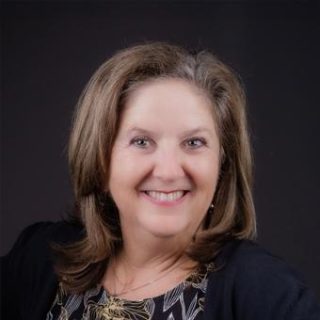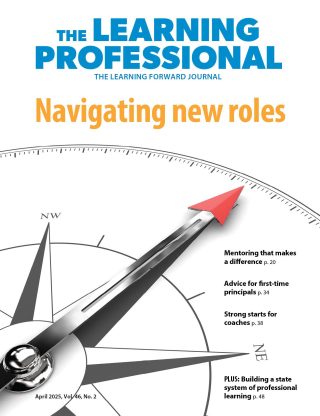FOCUS
Power Up Your Planning
A well-defined theory of action leads to systemwide change
By Sharon Williams and Karen Cloninger
February 2018
Vol. 39 No. 1
Read the remaining content with membership access. Join or log in below to continue.
Sed ut perspiciatis unde omnis iste natus error sit voluptatem accusantium doloremque laudantium, totam rem aperiam, eaque ipsa quae ab illo inventore veritatis et quasi architecto beatae vitae dicta sunt explicabo. Nemo enim ipsam voluptatem quia voluptas sit aspernatur aut odit aut fugit, sed quia consequuntur magni dolores eos qui ratione voluptatem sequi nesciunt. Neque porro quisquam est, qui dolorem ipsum quia dolor sit amet, consectetur, adipisci velit, sed quia non numquam eius modi tempora incidunt ut labore et dolore magnam aliquam quaerat voluptatem.
A Tool That Can Help
The Center for Educational Leadership at the University of Washington has developed a tool — Creating a Theory of Action — that guides district and school leaders in this complex process.
The tool provides a step-by-step framework for creating a theory of action, using guiding questions about current learning and practice and about what needs to change. Districts have used this tool to examine entire systems and focus on specific challenges.
To download the 10-page tool, go to https://info.k-12leadership.org/creating-a-theory-of-action.
West Linn-Wilsonville School District Tualatin, Oregon
Number of schools: 14 (9 primary, 4 middle, 3 high schools)
Enrollment: 9,873
Racial/ethnic mix:
White: 76%
Hispanic: 11%
Multiethnic: 7%
Asian/Pacific Islander: 5%
Black: 1%
American Indian/Alaskan Native: <1%
Limited English proficient: 6%
Free/reduced lunch: 18%
Special education: 11%
Recent Issues
LEARNING DESIGNS
February 2025
How we learn influences what we learn. This issue shares essential...
BUILDING BRIDGES
December 2024
Students benefit when educators bridge the continuum of professional...
CURRICULUM-BASED PROFESSIONAL LEARNING
October 2024
High-quality curriculum requires skilled educators to put it into...
LEARNING TO PIVOT
August 2024
Sometimes new information and situations call for major change. This issue...












